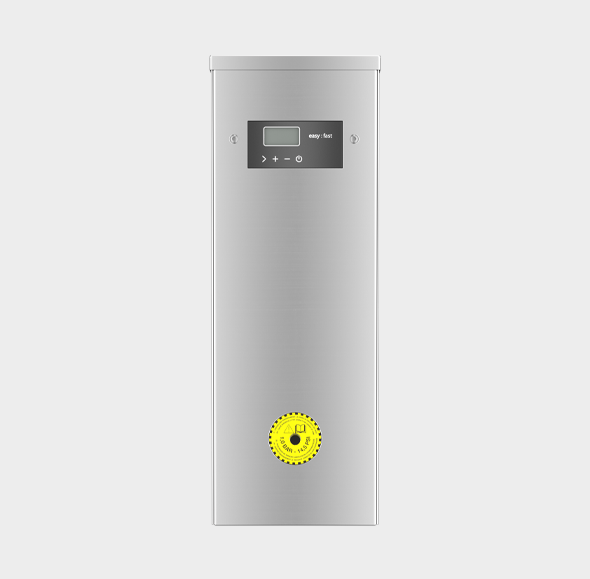
TW produce reverse osmosis systems from more than 20 years. Since the very first day, the company has always been focused to investigate further on the issues of this specific treatment. These daily efforts have allowed the TW Profine team to reach important international awards, enriching itself with a unique know-how.
Reverse osmosis is worldwide recognized as the most effective treatment system compared to microfiltration, ultrafiltration, nanofiltration and ultraviolet treatments; as mentioned by the Center for Disease Control and Prevention (CDC Center for Disease Control and Prevention). In fact, reverse osmosis is also defined as hyperfiltration for its great effectiveness, both physical and mechanical, to remove substances from water.
Reverse osmosis is a process that involves semipermeable membranes to separate salts dissolved in water. Thanks to the membrane, the solute is retained, preventing its passage thus obtaining a pure fluid in the outflow. To let osmosis process work at its best, pre-filters are normally needed.
The reverse osmosis is considered hyperfiltration, that means the max possible filtration level available in the market at the moment. The holes size of an osmotic membrane is less than 1 nanometre (the nanofiltration is between 1-100 nanometres). The dimensions of the he pathogen SARS-CoV-2 are between 65 and 100 nanometres. Make reference to the table here below where we report the average value of 80 nm. Other viruses size around 20 nanometres. The minimum size of a common bacteria is 200 nanometres. It is evident that a working reverse osmosis system that has received the proper maintenance manages to eradicate these microorganisms.

The CDC highlights in fact, in its comparative water treatment studies, the absolute effectiveness of the osmosis process to remove several microbes.
Reverse osmosis systems have a very high effect in the protozoa removal
(such as Cryptosporidium and Giardia);
Reverse osmosis systems have a very high effect in the bacteria removal
(such as Campylobacter, Salmonella, Shigella, E. coli);
Reverse osmosis systems have a very high effect in virus’s removal
(such as Enteric, Hepatitis A, Norovirus, Rotavirus);
Reverse osmosis systems remove common chemical contaminants such as metal ions, aqueous salts including sodium, chloride, copper, chromium and lead; they can reduce Arsenic.

